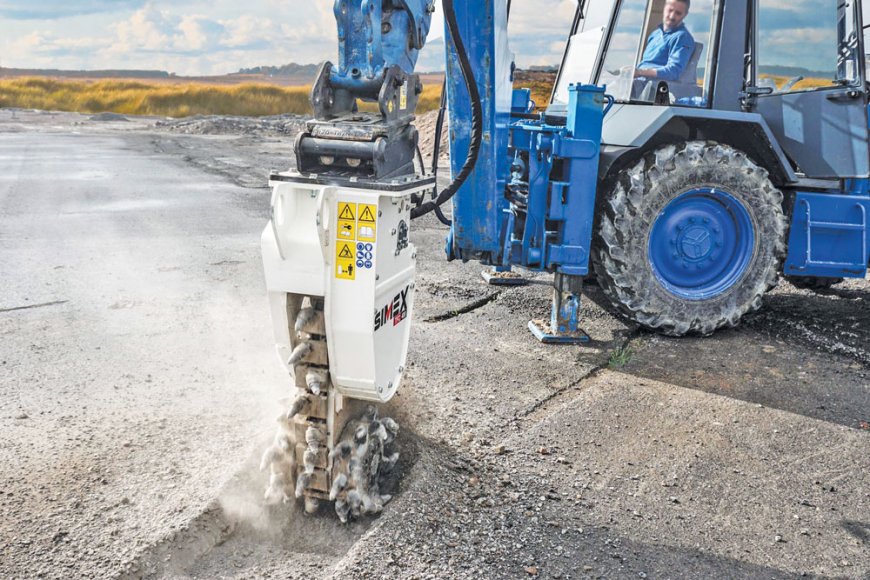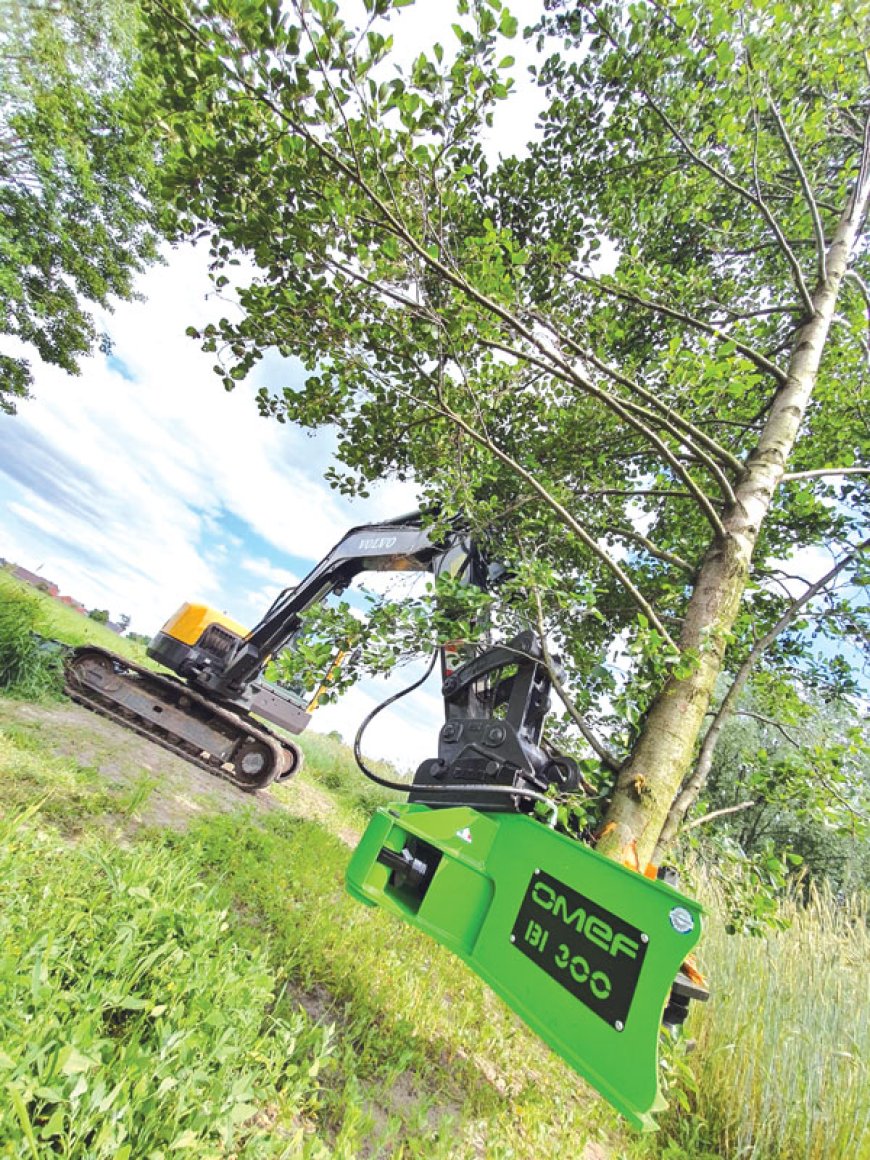We have a very exhaustive range of attachments covering 100+ different products.

Briefly introduce your company, highlighting its core values, and mission in the manufacturing of construction equipment attachments.
Though we are not manufacturers, we have pioneered the use of attachments in India. Suretech is a leading distributor of piling and foundation equipment, earthwork machines including attachments, headquartered in Navi Mumbai. At Suretech, we adhere to the principles of honesty, integrity, sincerity and teamwork. We value the trust our customers place in us and we strive to exceed their expectations through our unwavering commitment to product support, customer service, and continuous innovation.
What types of construction equipment attachments does your company specialize in?
We have a very exhaustive range of attachments covering 100+ different products. However, in India we have achieved success with Auger Drives, Rotary Drum Cutter Heads, Trenchers, Wheel Saw, Screening Buckets, Excavator Vibro Hammers & Rail Cutters.

How does your company prioritize innovation in the design and development of construction equipment attachments?
As already stated, we are not manufacturers. However, we are often required to adopt “Jugaad” to make the attachments suitable for Indian operational conditions. India is an extremely small market for attachments and the volumes are so insignificant that no manufacturer is willing to develop attachments deigned with India in their mind.
Can you share any recent technological advancements or innovations that set your attachments apart in the market?
Indian customers’ knowledge about attachments, its capabilities and its usage are negligible. We are thus required to not only educate them on the capabilities of the attachments, but also modify them to sustain misuse and abuse by operators who do not have any experience on attachments usage. We have recently modified a grapple for Afcons for removing sand from a very small shaft. We regularly modify the auger tools to suit the different ground conditions. Customers expect one tool to work in all ground conditions but it does not work that way. Each job site has different ground conditions and it requires a different tool to provide optimum performance.

Breakers have been the highest selling attachments since years. Besides this, crusher buckets have become very popular due to excellent efforts of MB Crusher. Long arm is another attachment gaining popularity. We ourselves have been successful with Auger Drives. The demand for Breakers has been steadily rising as its utility is now well known. MB has popularised the on-spot crushing in difficult terrain of North East. We had hoped that Auger demand growth would be parallel to breakers, as whenever you need to drill a hole you need an auger. This has not happened and demand for Augers remain sluggish as holes can still be drilled manually or with a tractor attachment. Large construction companies are now demanding latest attachments but are unable to put them to right use due to reluctance for change by the site personnel. It may take years before attachments really start making an impact on job sites in India.
Are there any eco-friendly features or materials incorporated into your attachments to minimize environmental impact?
Attachments by themselves are a dud unit. They get their power from the base machine. If the base machine is electric and provides hydraulic power, these attachments would still work as good. Attachments that can work on electric power instead of hydraulic are still far away. How one can use the attachments to minimise its impact on environment is on the user. Attachments can be used for tree felling, grass trimming etc and also for transplanting trees! There are attachments for all kinds of jobs and in most applications, it reduces manual work and in turn reduces pollution. For example, if manual labour is employed to cut a trench, they not only take much longer but also generate lot of dust and noise. Instead if a rotary cutter head is used, the dust generated can be controlled and the job can be completed much faster.
How does your company ensure that the attachments meet the specific needs and preferences of your customers?
We never quote for an attachment enquiry upfront. We first understand customer requirement, study the site conditions and then offer a suitable solution. This ensures that the attachment does the job for which it was bought.

What do you envision for the future of construction equipment attachments in India, both in terms of technological advancements and market dynamics?
I do not foresee any technological upgrade and development on attachments happening in India as market is too small. I would be happy if the latest attachments in the world market can find acceptance in India. Popularising the concept of using attachments for better efficiency and productivity takes lot of time, effort and money. No one is willing to make this investment as returns are uncertain. I am not very optimistic on attachment volumes going up in the near future. We have been promoting attachments since 1998 and from selling 3-4 units a year, we have now reached 3-4 units a month in 25 years! It’s just my passion for attachments that we are still continuing with their promotion.








